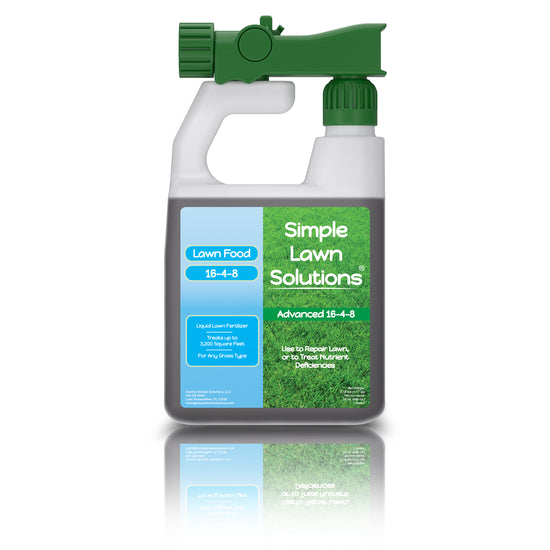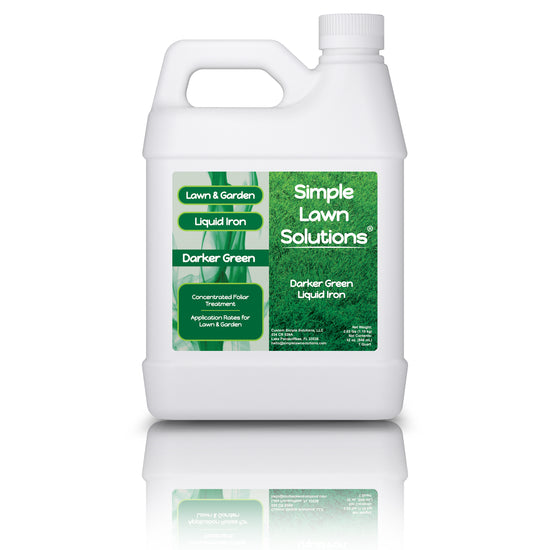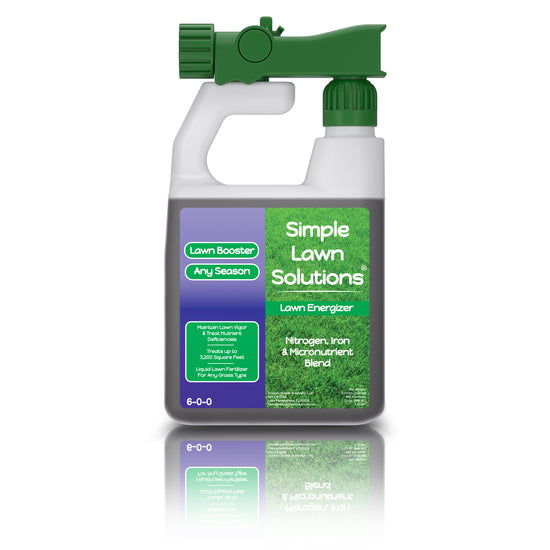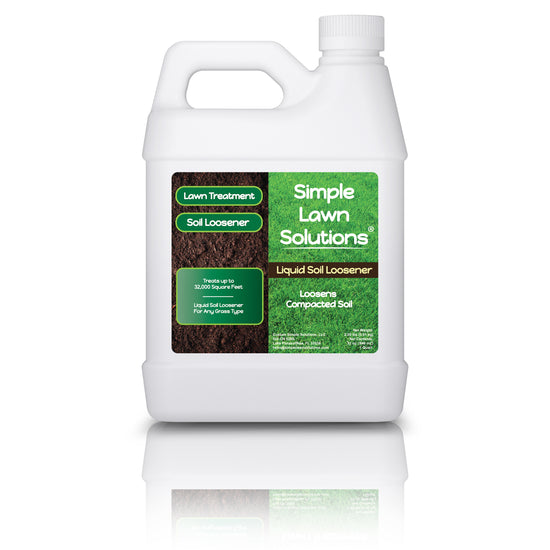California is where all types of grass grow in specific regions throughout the state. Warm season, cool season, and a combination of both can be observed throughout the state. Maintaining a healthy lawn requires a turf program that balances water conservation, climate adaptability, and sustainable inputs while considering regional micro-climates from cool, foggy coastal areas to hot inland valleys and semi-arid southern zones.
Choose Climate-Appropriate Turfgrass
Coastal California
The most important factor is selecting the proper turfgrass to grow in the different regions of California. Coastal California, including San Francisco, Los Angeles, and San Diego, has various types of grass that will perform well, including tall fescue, perennial ryegrass, and seashore paspalum. These are great choices to be installed. Tall fescue is deep-rooted and drought-tolerant and handles moderate salinity. Perennial ryegrass is suitable for cool-season appearance but has high watering demands, and is best used for overseeding to accomplish year-round color. Seashore paspalum is very salt tolerant and a good selection when reclaimed water is used for irrigation.

Inland Valleys (Sacramento, Fresno, and San Bernardino)
The best types of grass to grow in inland valley regions are hybrid Bermudas, zoysiagrass, and tall fescue. Hybrid Bermuda displays excellent heat and drought tolerance within these regions. Zoysia grass grows more slowly but is efficient in water utilization and nutrient use. Tall fescue is a transition zone option and is a drought-tolerant cultivar. Summers are hot and dry, and winters are mild, which makes this region suitable for warm-season grasses for efficient water utilization and performance under seasonal stresses.

Desert Regions (Palm Springs, Coachella Valley)
Bermudagrass, seashore paspalum, and buffalograss are ideal for desert regions. Bermudagrass grows well in extreme heat and is very drought-tolerant. Seashore paspalum is very salt tolerant and uses reclaimed water for irrigation. Buffalograss is a low-maintenance grass with a low demand for water. High summer temperatures and limited water resources make warm-season grasses most suitable for this region.

Mountainous and Northern California (Lake Tahoe, Sierra Nevada Foothills)
Mountainous and Northern California regions and weather patterns make turfgrasses suitable for growing in the cool seasons. Kentucky bluegrass, fine fescues, and perennial ryegrass perform well within this region due to the short growing season and cool temperatures. Kentucky bluegrass is a fine-textured grass that possesses good winter tolerance. Fine fescues are very shade-tolerant and adapt well to cooler temperatures. Perennial ryegrass is excellent for quick establishment, cool temperatures, and short-season growth. This region has a shorter growing season than most other areas in California, making it ideal for cool-season turfgrasses.

Water Wisely and Deeply
Watering wisely and deeply is critical for turfgrass sustainability in California, where drought, recycled water, and soil salinity are ongoing challenges. Watering deeply encourages deep rooting by irrigating less often but deeply. Drought resistance and soil structure improve and reduce surface runoff. An example of watering deeply is every 3-4 days for 30-40 minutes, depending on soil type and slope.
An evapotranspiration rate method is a sure way to determine your lawn's irrigation needs. Using this method requires data to be entered to conclude the irrigation requirements, and it should be manually estimated based on location, season, and grass type. Evapotranspiration = evaporation (from soil + plant surfaces) + transpiration (water used by the plant). The California Irrigation Management Information System (CIMIS) is an excellent source for determining how much water turf loses daily and how much it needs to be replaced via irrigation. Only apply what the turf needs using the evapotranspiration rate on the website. Modern-day irrigation systems can calculate this equation and automatically adjust, which saves water. For reference, cool-season grasses typically require 80-100%, while warm-season grasses can often thrive on 60-80% evapotranspiration.
Different soil textures require different run times for irrigation to meet the frequency needs, so 1.0 inches per week is required. Sandy soils must have short and more frequent applications because they hold less moisture. Clay soils require longer run times less often because they hold a higher percentage of moisture. Loamy soils are ideal for turfgrasses because they are balanced in moisture-holding capacity.

California-Specific Considerations
A lot of water utilized for irrigation in California is recycled water with salinity, which is becoming a more common practice for water conservation. Recycled water often contains elevated sodium, chloride, and bicarbonate salt levels. Occasionally, the irrigation system will need to be increased 10-15% above the required amount so salts can be flushed out of the soil as much as possible. High salinity reduces microbial activity in the soil, which affects turf quality. Avoid midday watering because much of the applied water will be lost to evaporation, making early morning, between 4 and 8:00 am, the best time to water. Evening waterings are temperature sensitive, as disease pressure is more evident when it is warmer.
Fertilize Appropriately for Region and Season
Fertilizing home lawns in California requires detailed planning due to the state's diverse climate zones, including cool coastal areas and hot inland valleys. The goal is to fertilize accurately for a particular region during the growing season. Fertilization applications for cool-season lawns can be initiated from May to March. Start applying nitrogen once the grass breaks out of dormancy. Applying a range of ½ lb. to 1 lb. per 1000 square feet is the standard range.
Warm-season grasses should not be fertilized until the soil temperatures reach 65 degrees, typically late April to May. How much NPK to apply should be determined by performing a soil test if a detailed analysis has never been performed.
Cool-season grasses should be fertilized with caution in summer months. Over-fertilization can cause additional stress and disease pressures that can eradicate the lawn if conditions are optimum for formation. The spoon-feeding method is a great approach to utilize for cool-season grasses in the summer. Fertilizers are applied at a reduced rate, but on a regular schedule of every 14-21 days. This method does not overstimulate the grass and supplies the plant with what it requires for survival. Summer months are the peak growing time frame for increasing warm-season grasses. Applying ½ .lb. to 1.0 lb. per 1000 square feet every 4 - 6 weeks can produce an aesthetically pleasing lawn.

Fall is the most crucial time to fertilize cool-season lawns. Fertilizer applications in the fall of the year will enhance root mass and carbohydrate reserves going into winter. Applying ¾ lb - 1.0 lb. per 100 square feet in early and again in late fall will build stronger turf for the upcoming spring. Warm-season lawns should stop fertilizer applications by early September for inland areas to reduce the effect of winter damage. The last nitrogen application should be scheduled 6 weeks before the first anticipated frost.
Mow at the Correct Height
Mowing at the correct height of cut range is one of the most important practices that makes a tremendous difference in the aesthetics of the home lawn. This will assist in maintaining a healthy, dense, and drought-tolerant lawn in California. Mowing at the correct height of cut promotes deep root growth, which is crucial for drought tolerance. Additionally, mowing at the correct height helps shade out weeds, reduces water and fertilization needs, and improves tolerances to stress.

Use Pre and Post-Emergent Weed Control
Controlling weed emergence before germination is key in maintaining an aesthetically pleasing lawn. Therefore, applying a pre-emergent herbicide at the proper time of the season will eliminate a lot of weeds that can germinate and grow unsightly. Correct timing is required and will be guided by soil temperatures in the spring when pre-emergent applications should be applied. However, using a post-emergent herbicide, some weed seeds always sneak through in a missed area or where soil temperatures were optimum for weed growth. In contrast, the weeds are a young management practice that will prove beneficial throughout the entire season.
Dethatch and Aerate as Needed
Thatch can affect many growing factors of the grass plant. It can trap nutrients and make it harder for fertilizers to reach the soil in 100% capacity. Reducing and controlling thatch can be accomplished through power raking with small, rotating blades that penetrate and cut through the thatch layer and deposit on the surface. Once a thatch thickness exceeds ½”, it should be dethatched. Core aeration goes hand in hand with dethatching.
Penetrating the soil and removing a small soil core by aeration accomplishes two very important tasks. First, it opens the soil so oxygen and water can penetrate deeper into the root zone profile. When removing the soil core and opening the surface of the lawn, a small portion of the thatch is also removed. Combining this practice with topdressing with either coarse sand or topsoil reduces thatch layering even more.

Manage Lawn Pests and Disease Proactively
Your lawn will likely experience pests and diseases throughout the growing season. Insects make their homes in beautiful, well-nourished lawns. Continued monitoring and testing of the lawn for insects should be performed regularly, especially during predicted seasonal activity. Applying an insecticide is sometimes required when the damage caused by insects can cost more than the control itself. Applying correctly at the correct rates is of the utmost importance for effectiveness and protecting the environment from excess applications and runoff.
Diseases will sometimes develop during specific times during the growing season, commonly occurring when environmental conditions align with weather conditions. Excess moisture content and the proper temperatures are required for diseases to take over. Some diseases, such as pythium, can destroy a lawn within 24 hours if not controlled appropriately.
Many cultural practices, such as adjusting mowing height, core aeration, thatch removal, and fertilizing with accuracy, can help prevent diseases. However, there are times when proper turf management has been practiced, and diseases can still develop. Once this happens, it is important to identify the disease correctly and apply the proper fungicide to gain control of the spread and containment.
The Key to a Healthy California Lawn
A healthy California lawn depends on choosing the right turf species, watering efficiently, and adapting seasonal inputs to the state's diverse climates. Whether you're managing coastal fog belt lawns or hot, dry inland zones, success comes from cultural precision, species selection, and soil-first turf management.









